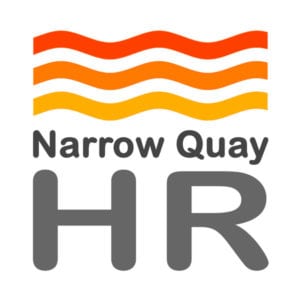Every July, Samaritans run an awareness campaign. This year’s event was held on 24 July, so it is an important month for thinking about mental health. The Samaritans Foundation, established in the UK in 1953, currently respond to a call for help every ten seconds.
Mental health issues have a significant impact on both individuals and organisations. According to a 2024 Parliamentary briefing, one in six adults in the UK experiences a ‘common mental disorder’ like depression or anxiety each week. We know from discussions with our clients the importance they place on supporting staff wellbeing. There is an increasing understanding of the importance of mental and physical health and the impact that all life’s challenges can have on employees’ overall wellbeing.
Our clients tell us that ensuring their staff feel valued, supported, and healthy is not just the ‘right thing’ to do, but also crucial for organisational performance and growth. However, many find it challenging to identify and implement practical and effective measures to support mental health in the workplace.
Building a supportive culture
Creating a genuinely supportive work environment is the cornerstone for employee wellbeing. Employers can build a supportive culture by encouraging open communication, recognising and appreciating employees, and actively working to create an inclusive environment. Regular check-ins and surveys can help gauge employee satisfaction and identify areas for improvement.
Formal recognition schemes are a great way to celebrate staff efforts, not forgetting the power of more informal ‘shout outs’ in team meetings or group chats for a “job well done”. Fostering an inclusive environment where diversity is celebrated will lead to all employees feeling valued and respected.
Promote work-life balance
Work-life balance is crucial for maintaining employee wellbeing. This can be challenging for employers, but open and constructive conversations with employees can lead to positive results for all parties. Employers can promote work-life balance by offering flexible working hours and remote working options, while still ensuring business objectives can be delivered. These can help employees reduce stress and improve job satisfaction. Additionally, they boost productivity and improve retention. Employers should encourage employees to disconnect from work during their time off, with managers leading by example by setting clear boundaries around working time and annual leave.
Mental health support
Employers can support mental health by offering access to confidential counselling and services through Employee Assistance Programmes, a cost-effective option providing immediate access to support. Mental health training for designated staff helps to identify mental health issues and signpost support. If possible, allowing employees to take days off specifically for mental health can reduce problems, and improve employees’ confidence that the organisation genuinely supports their mental health.
Physical health initiatives
Employers can offer a range of initiatives to support physical health, including subsidised gym memberships and wellness challenges. A healthy work environment, with ergonomic furniture, healthy snacks, and promoting regular breaks will have the additional benefit of helping to reduce many common causes of sickness absence, and some employers enhance this by offering on-site flu vaccinations or regular health check-ups.
Professional development and financial wellbeing
These are not areas that might typically be the first things you might consider when looking at supporting wellbeing, but providing opportunities for growth and development can enhance job satisfaction and a sense of belonging. Possible initiatives include training and development programmes, structured career pathways, and mentoring schemes.
Support for financial wellbeing can include regular benchmarked compensation reviews. Offering workshops or resources on financial planning, budgeting, and retirement planning could also be beneficial., and if your organisation’s resources allow, providing comprehensive benefits packages that include health insurance, retirement plans, and other perks.
By implementing these practical steps, employers can significantly enhance the wellbeing of their employees. A happy and healthy workforce is not just beneficial for employees but is also essential for business performance and growth, with benefits across the whole employee lifecycle – better recruitment outcomes, higher productivity, reduced absence rates, and increased retention rates. And who doesn’t want to work in a happier environment?

